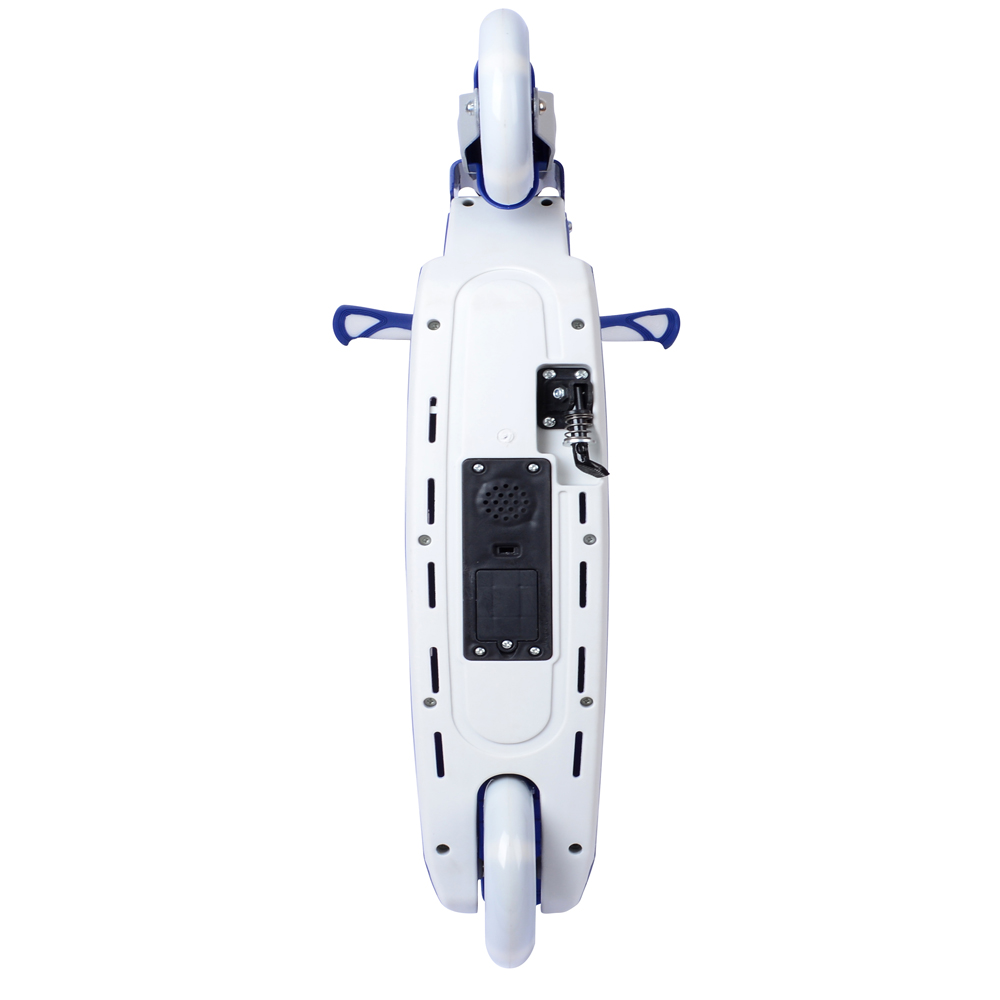Skaters vs. Scooter Kids A Clash of Cultures in Urban Sporting
In recent years, urban landscapes have transformed into vibrant playgrounds for youth sporting activities, particularly skateboarding and scootering. Both skaters and scooter kids carve their niches in parks and skate plazas, each bringing unique styles, techniques, and cultures. However, this seemingly innocent coexistence sometimes erupts into a rivalry that reflects broader themes of identity, community, and competition in youth culture.
Skaters vs
. Scooter Kids A Clash of Cultures in Urban SportingOn the other hand, scootering has surged in popularity over the last two decades, particularly among younger children and teenagers. Though often dismissed as a lesser sport by some skaters, scootering boasts its own passionate community. With a focus on finesse and fluidity, scooter kids have developed a culture that embraces inclusivity and accessibility. The lightweight design of scooters makes them approachable, allowing newcomers to join the fun without the steep learning curve associated with skateboarding. The rise of professional scootering championships and dedicated parks for scooters reflects its growth as a respected form of urban sport.
skaters vs scooter kids

However, the emergence of scooter kids has sparked tension among some skaters. In many skate parks, the compact nature of these two sports can lead to conflicts. Skaters, with their larger boards and more complex tricks, often require more space and time to perform their maneuvers. In contrast, scooter riders can dart in and out, performing jumps and tricks that sometimes disrupt a skater’s flow. As a result, some skaters view scooter kids as a nuisance, while scooter riders might feel sidelined or unwelcome in certain spaces that are traditionally skater-dominated.
This rivalry, while sometimes playful, has led to a divide in some communities. In various parks, “skaters vs. scooter kids” discussions can surface, leading to factional alliances that echo larger cultural battles, much like the divide between various music genres or fashion styles. However, amid this competition lies an opportunity for collaboration and mutual respect. Events that bring both communities together, such as multi-sport competitions or skill-sharing sessions, can foster understanding and camaraderie. By experiencing each other’s sports, skaters and scooter kids can learn to appreciate the unique skills and styles each practice, cultivating a more inclusive environment.
Moreover, the rise of social media has facilitated the sharing of tricks and videos from both communities, allowing skaters and scooter riders to showcase their talents to a global audience. This exposure can help bridge the cultural gap, as online platforms often celebrate the creativity and individuality that both sports promote. Collaborative videos featuring skateboarders and scooter riders are becoming more common, highlighting the synergy rather than the rivalry between the two groups.
In conclusion, the skaters vs. scooter kids dynamic reflects the complexities of youth culture. While competition is natural, fostering a spirit of inclusivity and respect can transform rivalry into collaboration. As both communities continue to evolve, the potential for unity can pave the way for a richer urban sporting culture that welcomes all passionate participants, regardless of their chosen wheels.
-

 Scoot&RideKids Child Kick Push Scooter 3 Wheels with LED Flashing Tilt Lean Boys Girls Scooter
Scoot&RideKids Child Kick Push Scooter 3 Wheels with LED Flashing Tilt Lean Boys Girls Scooter




- 4
$33.17 -

 Scoot&RideKids Scooter Child Kick Flashing LED Light Up 3 Wheel Push Adjustable Folding 3
Scoot&RideKids Scooter Child Kick Flashing LED Light Up 3 Wheel Push Adjustable Folding 3- 0
$25.52 -

 Scoot&RideKids Scooter Child Kick Flashing LED Light Up 3 Wheel Push Adjustable Folding 2
Scoot&RideKids Scooter Child Kick Flashing LED Light Up 3 Wheel Push Adjustable Folding 2- 0
$33.17 -

 Scoot&RideKids Scooter Teens Foldable Kick Push Scooter Adjustable Height Safe 2 Wheels
Scoot&RideKids Scooter Teens Foldable Kick Push Scooter Adjustable Height Safe 2 Wheels




- 4
$49.99
Meet our partners and discover what powers their creativity!
When you register for a Lohas scooter, you will receive a 10% discount on your first order and can be notified of sales, new product launches and other offers in advance.









